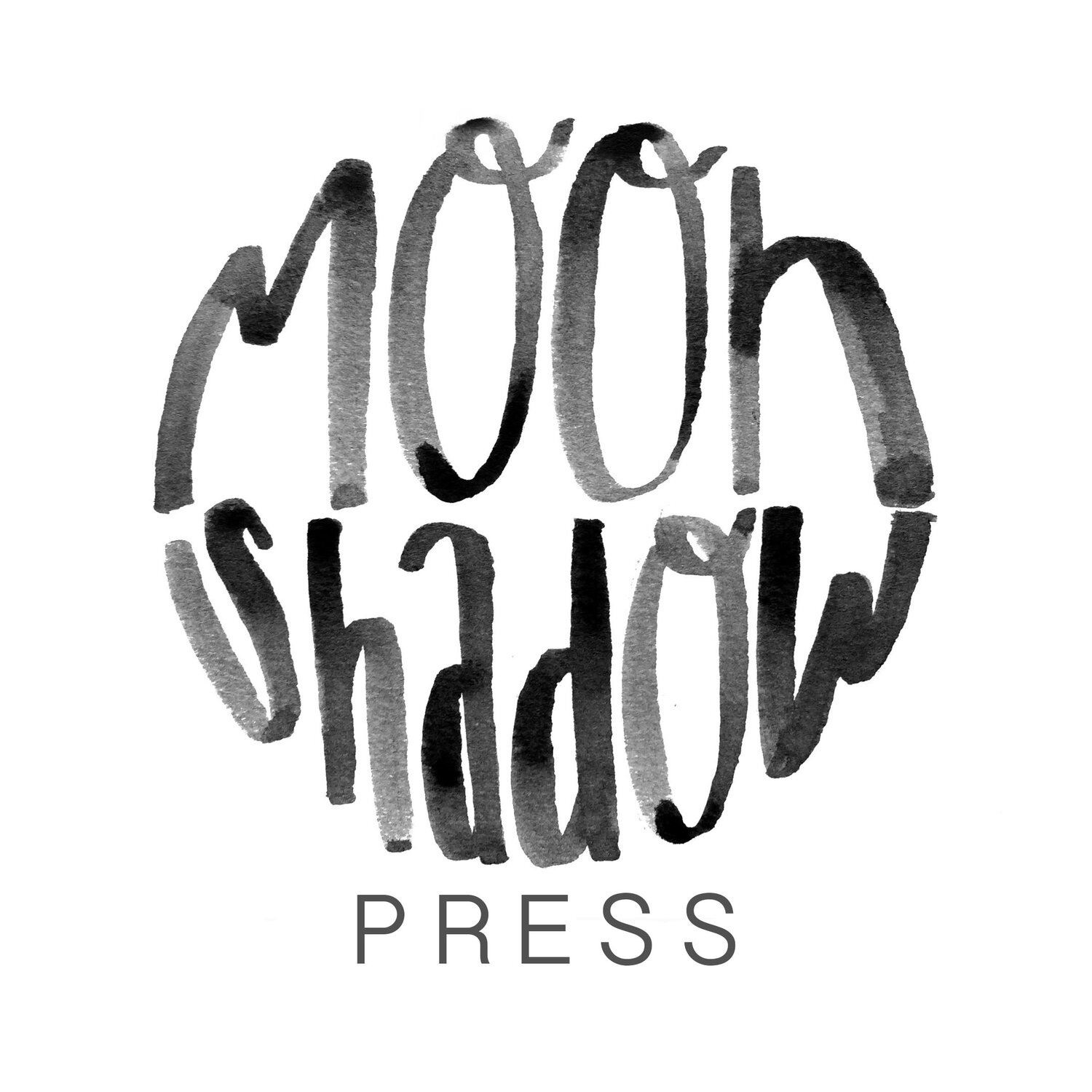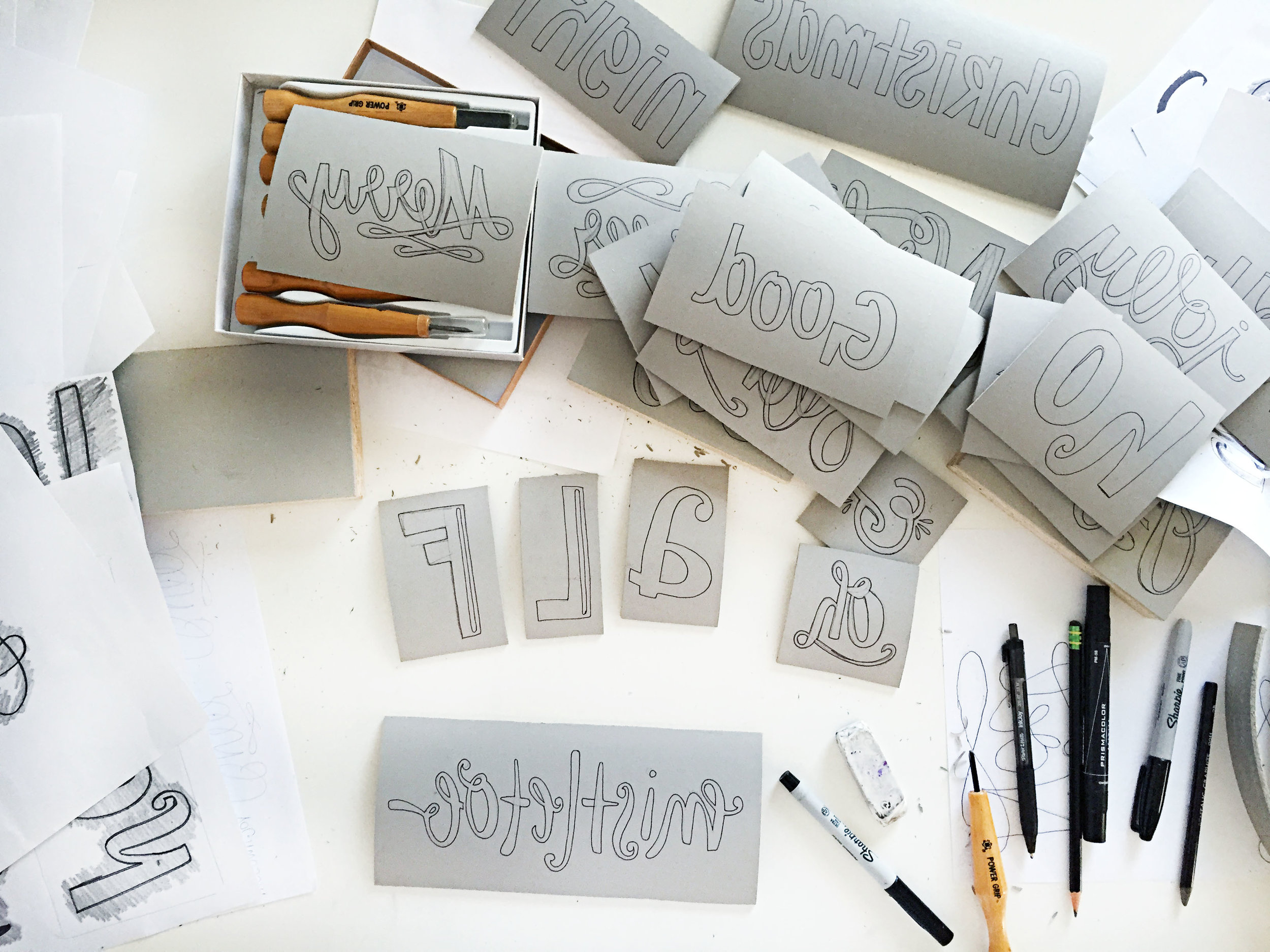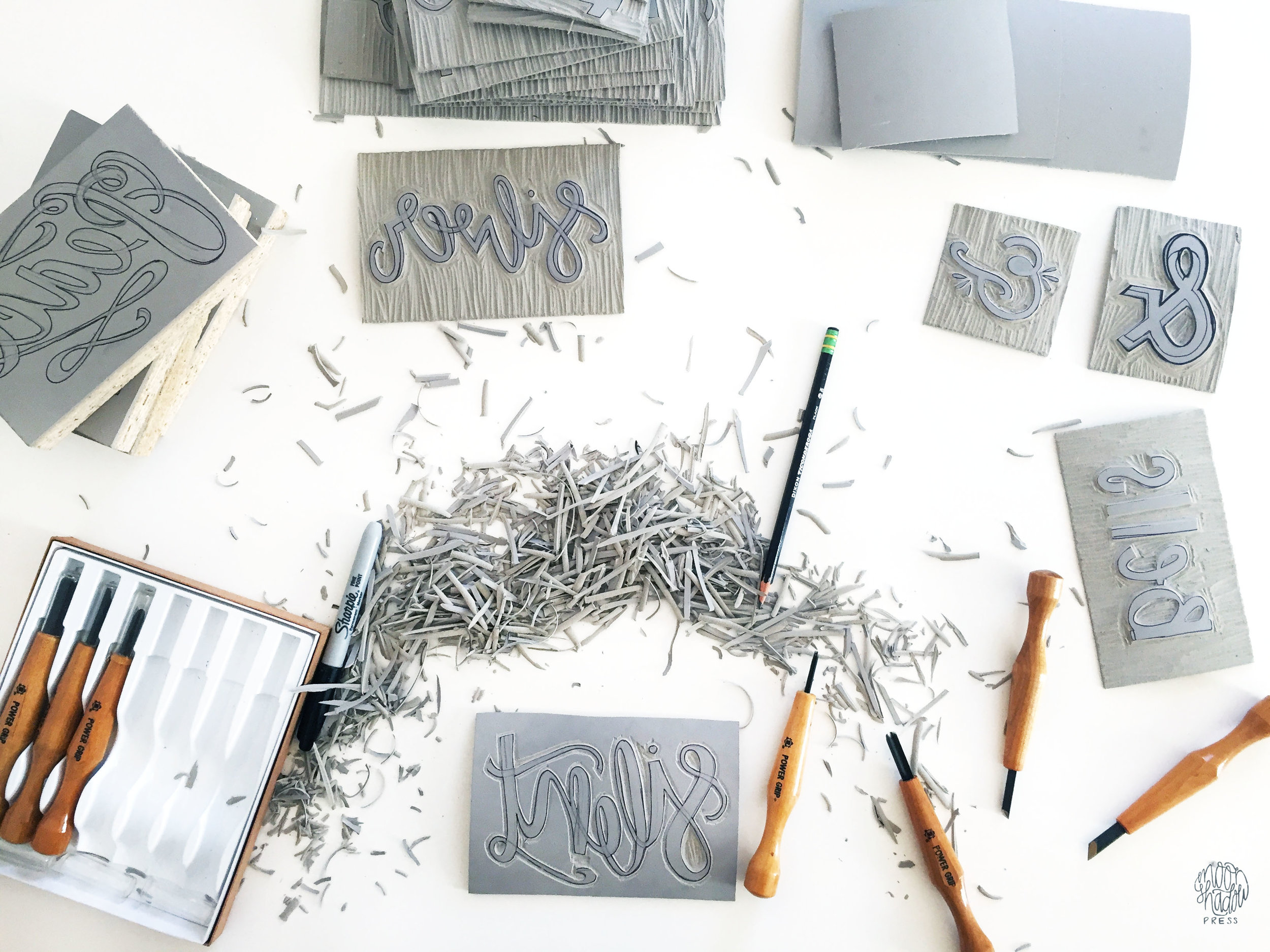Half of my sophomore year in college I spent studying art in Florence, Italy. While we obviously learned about Italian culture and history, our professors also taught a class on contemporary art practices. The important elements of this studio included introductions into conceptually driven artworks and practicing what I'll call, "quick creations." Making a quick creation is about allowing yourself to detach from the idea that an artwork needs to take a lot of time in order to be valuable or finished. Now, my love language is quality time, so quick creations are not my default setting. However, out of practicing came the photograph above. It started as a found object sculpture featuring just the stack of envelopes, but a few minutes before my critique I felt like something was missing. I looked around my studio space and saw another unfinished item from a day of quick creations - the cut out boat. All at once, I knew they two belonged together. Right as my professors walked over I shoved the boat into the top envelope. Everyone loved it! Most importantly, I loved it. After the critique I photographed the sculpture for documentation's sake, but ended up using the photograph as the final piece instead of the sculpture itself.
Key moment: This piece was the first time I really grasped the power photography has for creating entirely new worlds that are a part of but also some how magically separated from the real world. Photography is a world builder's tool.
2. Thought Cloud Prototype (Fall 2012). Mixed Media Sculpture: Monoprinted book pages & thread.
It took me quite a while to find my footing when I started as a Printmaking major. I hadn't taken any printmaking classes, so I had a lot of catching up to do. In twelve weeks I learned thirteen new printmaking techniques, and was still expected to create advanced level work. I took a lot of criticism about my work looking "too much like a beginner's," but I was a beginner. The only thing I could do to change that was keep working. So I did. It was painful and difficult, but the greatest thing in the whole wide world happened: and idea sparked, and through learning and practicing, eventually I had enough experience to execute that idea, and - here is the really really awesome part - that idea and those beginning artworks sparked even more ideas and artwork for years to come. From the Thought Cloud Prototype, pictured above, came an entire body of Thought Cloud inspired artwork, spanning multiple media and techniques. Then, from that body of work came another new series, my fourth series of hand embroidered photographs, INTENSITIES.
Key Moment: 1). One small idea can spark a chain reaction of many more ideas. 2). Just because a professor or your peers say they don't like or are unimpressed with your artwork doesn't mean the art doesn't have value now and/or won't lead to something awesome later. At the end of the day, many critiques are unfair and biased assessments. When I graduated, I took a second look at my beginning series of Thought Cloud prints and was inspired enough to make three new, related series. Then, I turned all of my Thought Cloud artwork- old and new- into a solo show for an art gallery. Everyone loved it.
(Here is a link to the whole body of work that was in the show: Follow a Line of Though. )
3. Be Brave (2014). Embroidered Photograph/Collage: photograph, book page, thread.
Honestly, I was in a dark place when I graduated from art school. It felt like I'd just spent four years being told how terrible I was at making art. When I got out, I was beyond ready to separate myself from what I'd been doing before (printmaking) and make something new. I've always loved poetry, photography, and drawing, so figuring out how to combine those was my top priority. That is when I stumbled upon hand embroidering photographs, on Etsy. There was an event on their website about local "making" parties to get people's creative juices flowing, and the next one was learning to embroider photos. My brain just about exploded with the sheer genius of the idea. I tried it out on my own (because I was afraid of people/critics), and started stitching short phrases, or "phrase poems" into photos I'd taken. Next I added papers and vellum to give the pieces more of a collage feel. It was great. I loved it. I actually felt proud of what I was making. And the best part was, the longer I worked with it, the more I realized stitching was it's own form of drawing. Writing, Photography, and Drawing- I'd found a way to combine all of my favorite art forms into one thing. *dance dance dance* But when I first thought to do a serious, large series of embroidered photographs, I hesitated. There was a crowd of negative voices in my head, ghosts lingering from school days, that told me things like, "embroidery isn't art, it's too crafty." I was scared. I didn't want to be humiliated or hurt. Who does? But one day while I was working in studio I just said, "Forget you, negative voices! I want to make this!" So I did, and I do, and I enjoy it.
KEY MOMENT: The fear and negative voices were loud, but in a moment of God given bravery I tried anyway. I let the sparks of curiosity and inspiration fly to see what would catch fire, and discovered a combination of mixed media that was perfect for many of my ideas. Now I've created three complete series of embroidered photos, started a fourth, and even won an award for my work/technique!







